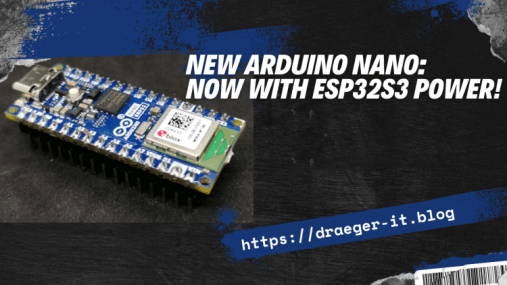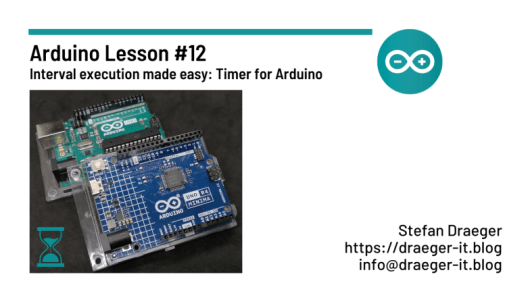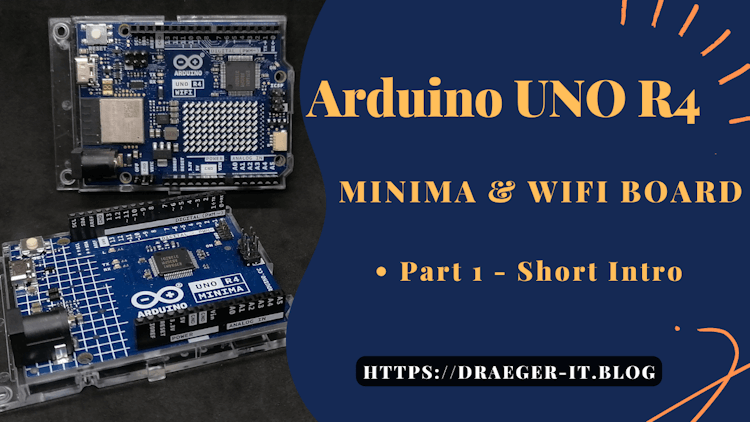In this article, I would like to introduce you to the basics of programming in MicroPython using the ESP32 D1 R32. However, you can also easily apply this to other microcontrollers that also work with MicroPython. MicroPython vs. Python MicroPython is a full implementation of the Python 3 programming language that runs directly on embedded…
Author: Stefan Draeger
MicroPython with ESP32: Introduction to the ESP32 D1 R32
In this and upcoming posts, I would like to give you an introduction to programming the ESP32 with MicroPython. However, before we can start this little course, we need to get to know this microcontroller a little better and flash it. What is special about the ESP32 D1 R32? This microcontroller with an ESP-WROOM-32 chip…
Shelly Plus 1 Mini vs Shelly Plus 1: Which is the right switch for you?
I have already presented the two smart devices Shelly Plus 1 and Shelly Plus 1 Mini to you in detail in separate articles. Now it’s time to make a comprehensive comparison between these two switches. In this article, you’ll find out everything you need to know to choose the right switch for your individual project….
Step-by-step instructions: Integrating the Shelly Plus 1 Mini into the network
Let’s take a look at how the Shelly Plus 1 Mini can be integrated into an existing home network. Thanks to the existing Bluetooth interface, this is much easier (and above all less stressful) than with the previous models and can therefore be done in just a few seconds. I have already introduced you to…
Use Arduino IDE again: Release your microcontroller from MicroPython
In the article PProgrammieren des Arduino Nano ESP32 im Arduino Lab I showed you how to flash the Arduino Nano ESP32 for MicroPython using the MicroPython Installer. Here I will show you how to undo the flashing and how to program your microcontroller in the Arduino IDE again. There is an official english documentation under…
New Arduino Nano: Now with ESP32S3 Power!
Welcome to my latest blog post! Today I’d like to introduce you to an exciting new addition to the Arduino ecosystem: the Nano ESP32. This powerful microcontroller brings the popular ESP32S3 to the world of Arduino and MicroPython programming. Whether you’re a beginner venturing into the world of IoT or MicroPython, or an advanced user…
Interval execution made easy: Timer for Arduino
This post is all about efficient timer programming for Arduino. Timer controlled functions play an important role in many Arduino projects, be it for precise timing or recurring tasks. I’ll show you how to use the external “timer” library to elegantly overcome these challenges. Discover an improved solution compared to traditional approaches and learn how…
Discover the new Arduino UNO R4: The latest generation of the popular microcontroller is here!
Hey guys! Today I would like to introduce you to the latest achievement in the world of microcontrollers – the brand new Arduino UNO R4! This impressive microcontroller comes in two versions: with WiFi and LED matrix or in a slim Minima version. In this post, I’ll give you a first look at the specs…







